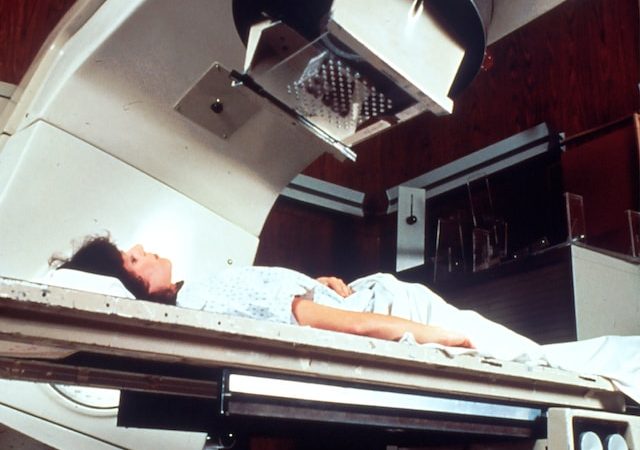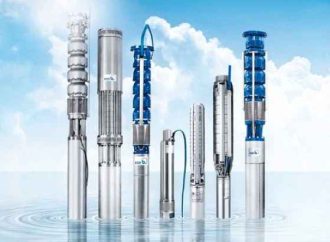The United States Preventive Services Task Force (USPSTF) has updated its guidelines on mammogram screenings, recommending that women begin regular screenings at age 40. This new recommendation replaces the previous guideline, which recommended that women start mammograms at age 50. The new guideline is based on research that shows mammogram screenings can help detect breast
The United States Preventive Services Task Force (USPSTF) has updated its guidelines on mammogram screenings, recommending that women begin regular screenings at age 40. This new recommendation replaces the previous guideline, which recommended that women start mammograms at age 50.
The new guideline is based on research that shows mammogram screenings can help detect breast cancer at an early stage, improving treatment outcomes and reducing breast cancer mortality rates. According to the American Cancer Society, breast cancer is the second leading cause of cancer death among women, making early detection crucial for successful treatment.
The USPSTF also acknowledges the potential harms associated with mammogram screenings, such as false-positive results, overdiagnosis, and overtreatment. False-positive results occur when a mammogram indicates an abnormality that is later determined to be benign. Overdiagnosis happens when a mammogram detects a small breast cancer that would not have become life-threatening, leading to unnecessary treatment such as surgery, radiation, and chemotherapy. Overtreatment can also occur when a mammogram detects a slow-growing cancer that would not have caused harm in the woman’s lifetime, leading to unnecessary treatment that can have negative side effects.
The USPSTF panel has reviewed the latest evidence and concluded that the benefits of mammogram screenings starting at age 40 outweigh the potential harms. The new recommendation advises women to talk to their healthcare providers and make an informed decision about screening based on their personal risk factors, such as family history of breast cancer or certain genetic mutations.
Breast cancer advocacy groups have welcomed the new guideline, saying that early detection can save lives and improve treatment outcomes. However, some healthcare professionals have raised concerns about the potential harms associated with mammogram screenings, such as overdiagnosis and overtreatment. They advise women to discuss their individual risk factors with their healthcare providers before deciding to undergo mammogram screenings.
The USPSTF guidelines are influential in shaping healthcare policy and practice in the United States. The new recommendation is expected to increase the number of women in their 40s who undergo mammogram screenings, potentially leading to earlier detection of breast cancer and improved outcomes.
In conclusion, the new USPSTF guideline recommends that women begin regular mammogram screenings at age 40, replacing the previous guideline that recommended screening start at age 50. The new recommendation is based on evidence that shows mammogram screenings can help detect breast cancer at an early stage, improving treatment outcomes and reducing breast cancer mortality rates. While there are potential harms associated with mammogram screenings, the USPSTF panel believes that the benefits of early detection outweigh the risks. It is important for women to discuss their individual risk factors with their healthcare providers and make an informed decision about screening. Early detection can make a significant impact on breast cancer outcomes, and the new guideline offers valuable guidance for women as they navigate their health.





















Leave a Comment
Your email address will not be published. Required fields are marked with *